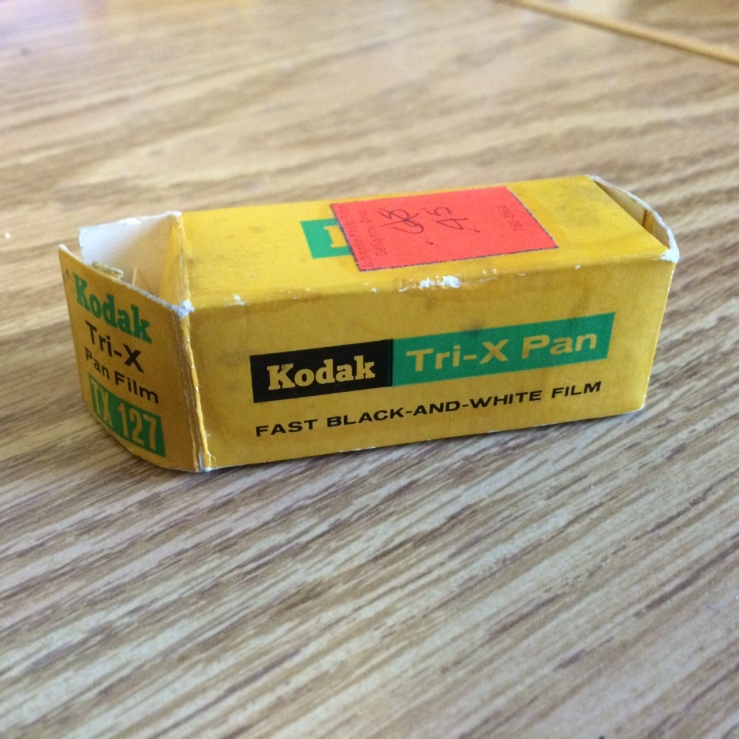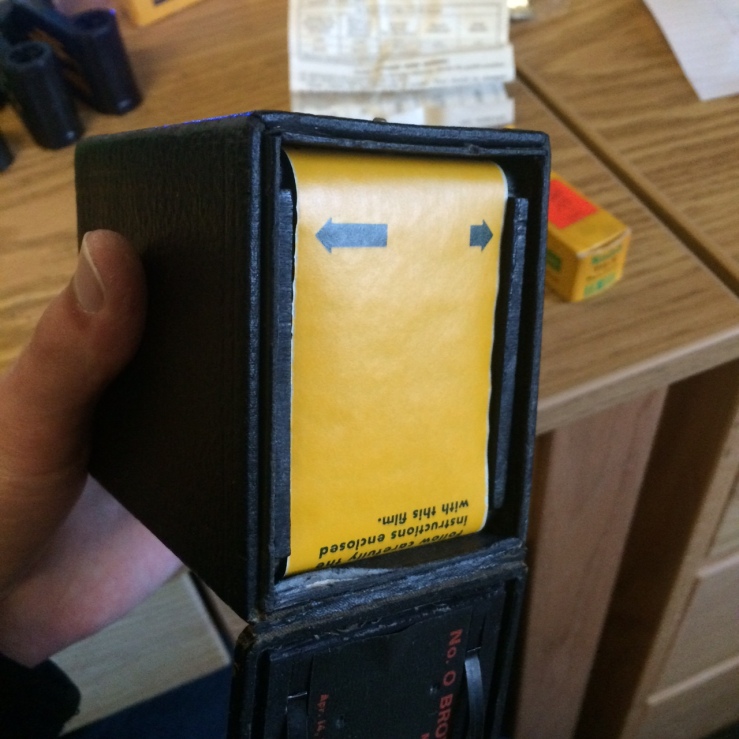So I’ve been meaning to update this fortnightly rag for some time, and I came up with the absolutely brilliant idea of inflicting my weird obsession with old cameras and film photography upon the 3 people who actually care about what I say.
A word on film
You probably think I’m just plain nuts! Why would you still take pictures on film when you can just pull out your phone and get something that looks just as good?
Well, there’s more to it than just taking good pictures. There’s something about the tangible experience of using a physical medium such as classic photographic film that appeals to me. It’s the same reason a great many people are now buying vinyl records – digital files just seem artificial and ephemeral in comparison. Plus, you only get so many pictures per roll, which often forces me to be a better photographer because I don’t want to waste my shots.
Also, it’s a myth that digital always produces better pictures than film. Even cheap black and white film in a cardboard box camera in the hands of a skilled photographer can produce some pretty cool shots.
Now let’s get down to business: The Camera
OK, enough mushy talk about how much fun film is. Here’s the camera I’m going to be using this time:
This is a Kodak Brownie No. 0 box camera, made in about 1920. It’s a very simple device; you can see the shutter lever on the side there, which is pretty much all you have to touch to take a picture. There are two viewfinders, one for portrait and one for landscape photos. When you’ve taken a photo, you use the crank to advance the film to the next frame, looking in the window in the back to check the little numbers as they go by.
The Film
The film I’m using is an old roll of Kodak Tri-X, which is a pretty sensitive (or “fast”) black and white film. This roll is from about 1964, judging by the expiry date! (Also, notice how much it cost in 1964: 45 cents! The same film costs upwards of five bucks today.) Fortunately the images I get from it will probably just have a lot more graininess than if the film was new. Expired film often produces fun effects like that.

This is “127” format film – much different from the 35mm film we’re used to. It’s part of the medium format roll film family, which includes the larger and much more popular “120” format.
127 film actually isn’t still in production, unless you want to pay an arm and a leg to some obscure Japanese company for it. So that’s why I scoured eBay for an old roll of the stuff. Hopefully it doesn’t let me down.
Let’s open it up.

It’s so cute!

AND it comes with a nifty little instruction booklet! I was surprised to find out that the film is actually rated at 400 ISO. This was a very fast film for 1964. I guess I’d forgotten that the speed of Tri-X was one of its main selling points when Kodak first introduced it. Normally this high sensitivity would be a problem, since with such a simple camera I can’t decrease the exposure, and the images would be overexposed. But since the film is so old, its sensitivity has most likely deteriorated to the point where I can take normal snapshots and expect just fine results.
Now it’s time to load the film in the camera. Here you see the insides of the camera taken out in order to load the film. The film spool goes on top, and the take-up spool, also shown here, goes below.

Here I have the film all loaded up and in the camera, ready to close the lid. There’s a pretty good length of paper on the roll before the film starts, so I don’t have to worry about having to load it in the dark! That’s why they marketed this stuff as “daylight loading”.

And now the lid is closed, and I’ve advanced the film with the crank enough so that the number “1” shows in the little window. I’m ready for the first shot!

I don’t know what I’ll photograph with this thing, or even if the pictures will turn out. But I do know that I’ll have a lot of fun with it. I think I get about eight frames per roll, so I’ll be sure to spend them well!
Keep tuned for when I finish the roll, and develop this film by hand, the old fashioned way!

Oh, apricot lane! This is just about the coolest blog I’ve ever seen. So so excited that I’ve stumbled upon it. Keep up the great work and god bless! HAGS
LikeLike
Hahahaha thanks Trevor!! 🙃
LikeLike